This animal is found in tropical forests of Central and South America, from southern Mexico to Brazil.
A) Anteater B) Spider Monkey C) Capybara
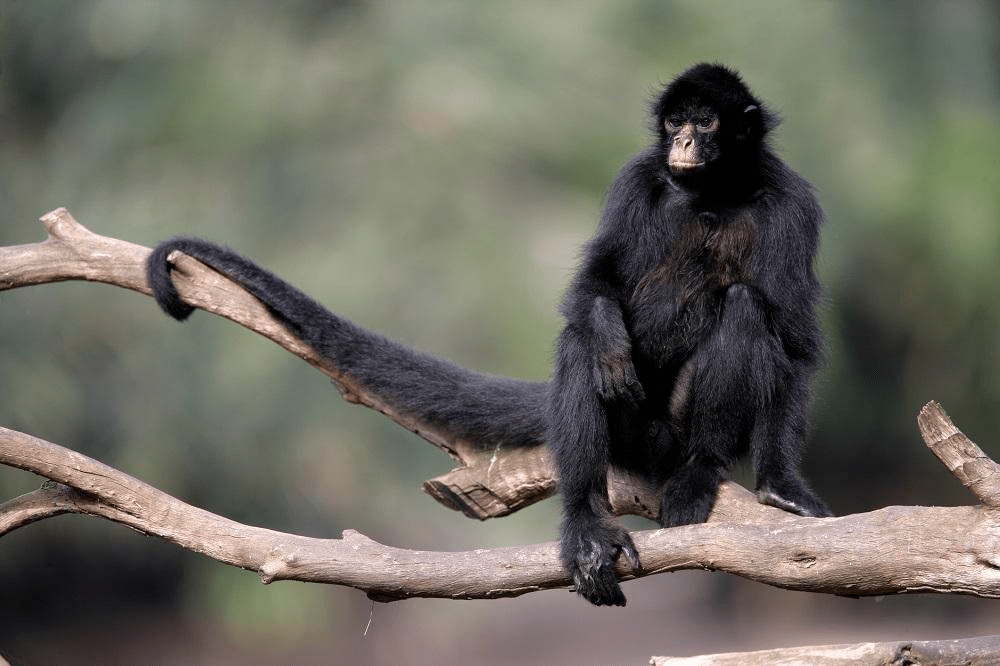
Spider Monkey!
They were named spider monkeys because they look like spiders as they hang upside down from their tails with their arms and legs dangling.
The South American country of Argentina became a major exporter of this food during the 20th century.
A) Pineapple B) Sweet potato C) Corn (maize)
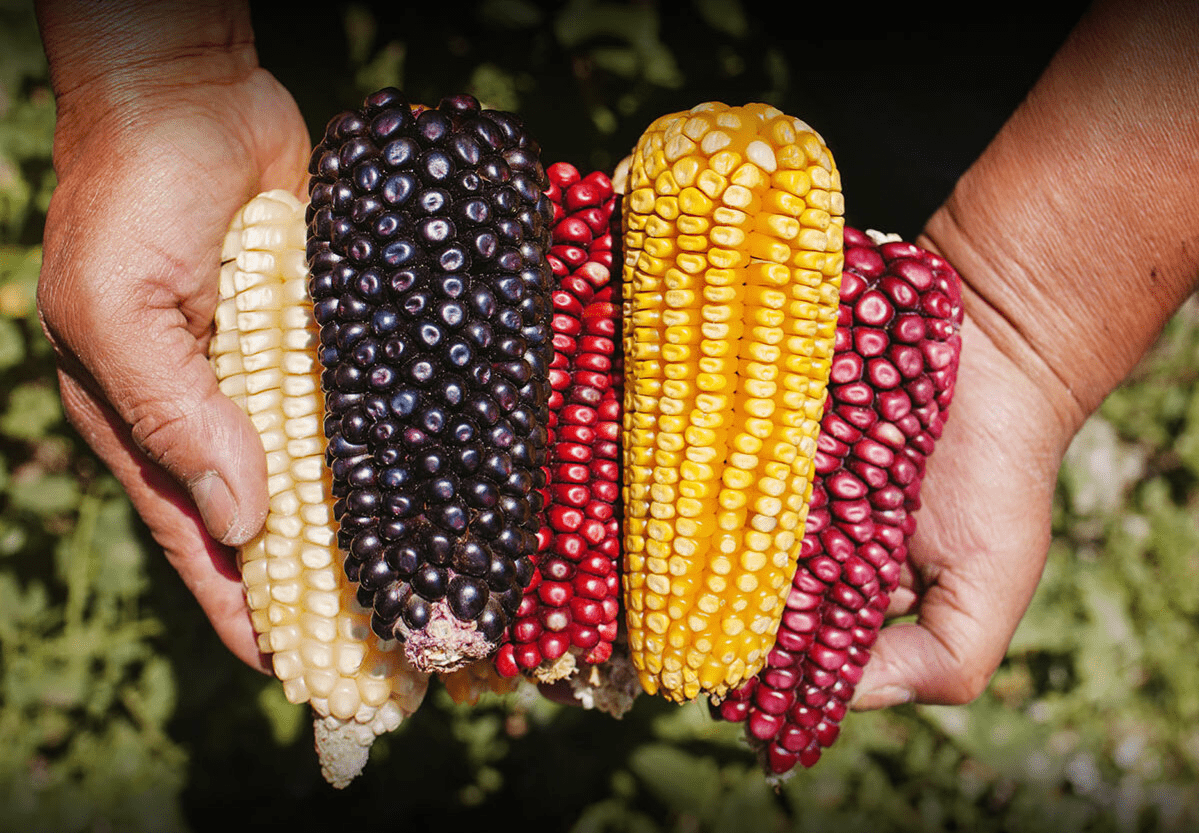
Corn (maize)!
Maize is an important staple food for more than 1.2 billion people in Latin America. It produces relatively large, soft grains, called kernels that are usually yellow in color, although some varieties come in other colors, like blue, red, and multicolored.
Which country does this flag belong to?
A) Colombia B) Venezuela C) Brazil
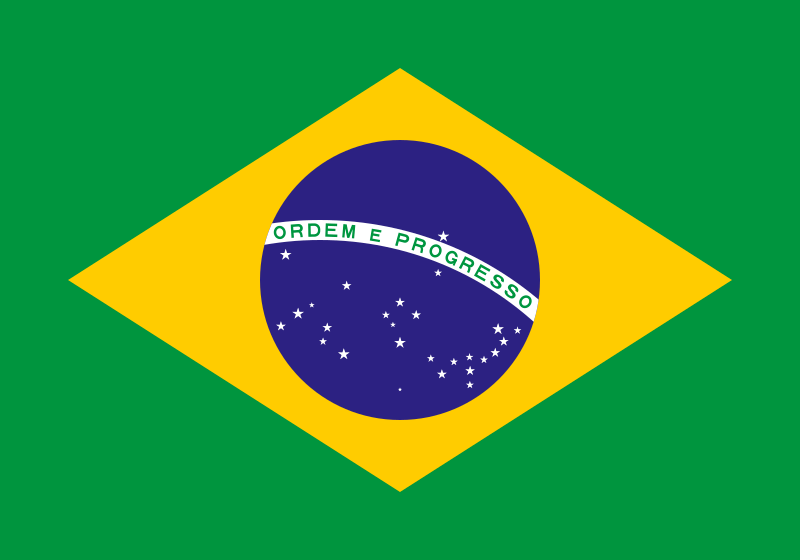
Brazil!
The green color is a symbol of the flora and fauna of Brazil, the yellow represents gold, and the blue globe and stars symbolize the night sky filled with stars and constellations (a group of stars that form a pattern) that also stands for the country's states.
This statue and world famous landmark is found in Rio de Janeiro, Brazil.
A) Christ the Redeemer B) Machu Picchu C) The Statue of Liberty
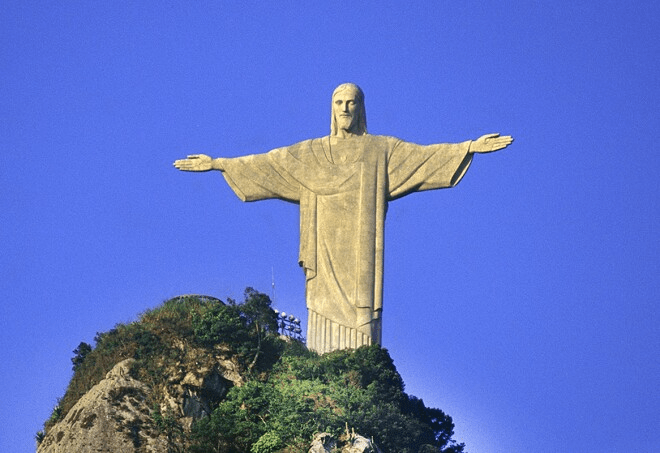
Christ the Redeemer!
Christ the Redeemer was made from reinforced concrete and 6 million soapstone tiles. Christ the Redeemer is 30 metres (98 feet) high, excluding its 8-metre (26 feet) pedestal. The statue’s arms stretch 28 metres (92 feet) wide. It weighs 635 metric tons and is the largest Art Deco statue in the world.
This sport is by far, the most popular sport played in South America. We refer to it as soccer.
A) Football B) Baseball C) Tennis

Football!
Football is the most popular sport in Brazil and a prominent part of the country's national identity. The Brazil national football team has won the FIFA World Cup five times, the most of any team, in 1958, 1962, 1970, 1994 and 2002.
This animal spends most of its life hanging upside down in the trees of the tropical rainforests of South America and Central America.
A) Sloth B) Toucan C) Tamarin
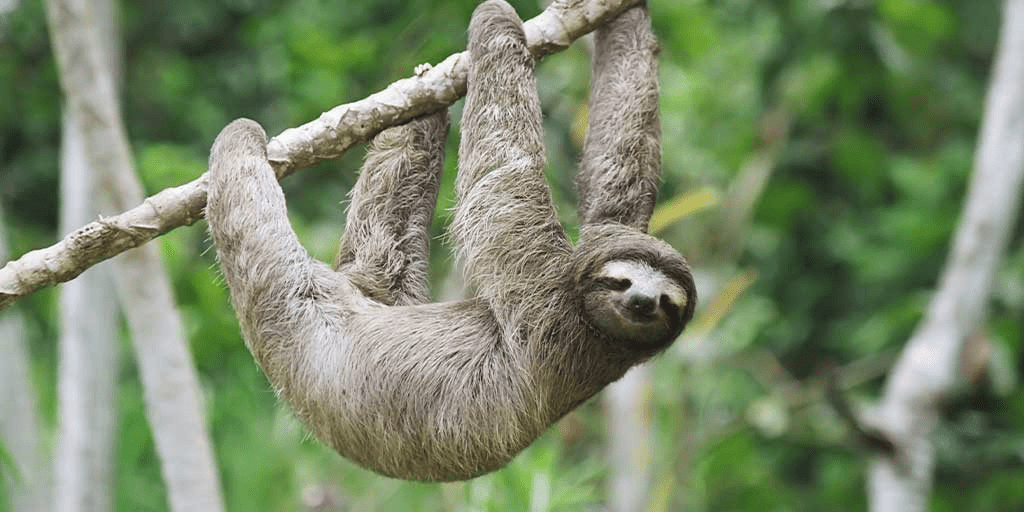
Sloth!
These drowsy tree-dwellers sleep up to 20 hours a day! And even when they are awake, they barely move at all. In fact, they're so incredibly sluggish, algae actually grows on their fur.
People were farming this spicy food over 6,000 years ago in Brazil and Peru. It is rich in Vitamins E, A, K, B6, B2, and B3.
A) Watermelon B) Chili peppers C) Papaya
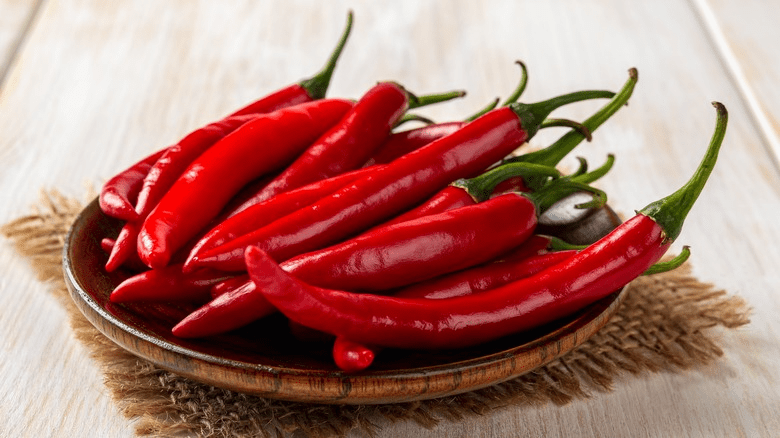
Chili peppers!
Chili peppers actually have almost double the amount of vitamin C in them compared to oranges – it’s around 107mg vs 69mg. Eating chili peppers offers many health benefits, including improving your heart health, metabolism, and immune system. They also add spiciness, warmth, color, and flavor to your food.
Which country does this flag belong to?
A) Colombia B) Chile C) Argentina
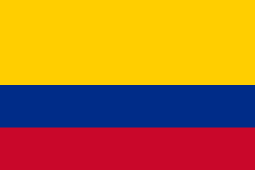
Colombia!
On the Colombian flag, the yellow stripe represents the gold abundant in Colombia, the blue the country's seas and the red, the blood spilled fighting for Colombian independence.
This site of ancient Inca ruins is located about 50 miles from Cuzco, Peru, in the Andes Mountains.
A) Machu Picchu B) The Acropolis C) Stonehenge
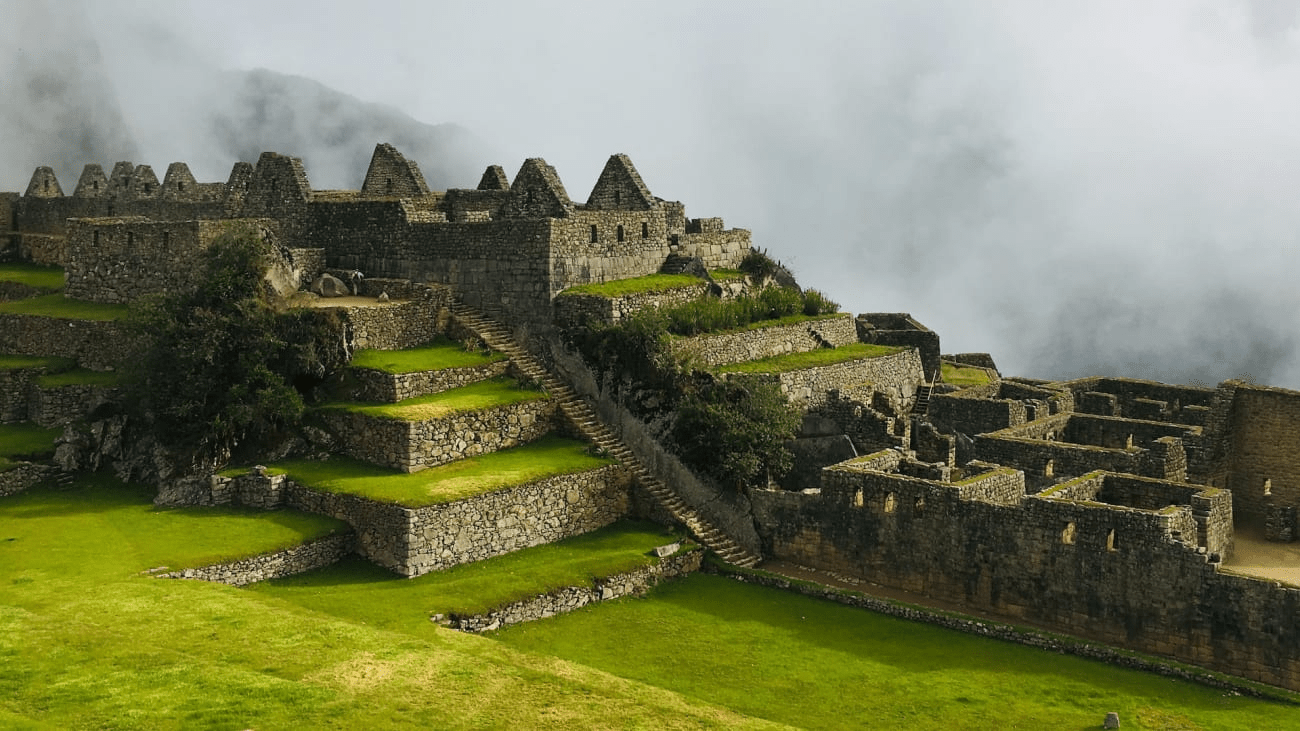
The Incas were adept engineers and were able to build the entire citadel of Machu Picchu without using any mortar. Instead, they used a special technique called ashlar, which involves cutting stones so precisely that they lay on top of one another without any space between them. You wouldn’t even be able to slide a sheet of paper through the stones!
This sport is popular in South America. It was originally played with a soccer ball and peach baskets.
A) Basketball B) Volleyball C) Football

Basketball!
Basketball is particularly popular in South America. One of the most important achievements was the Argentina gold medal in Men's basketball at the 2004 Summer Olympics.
This animal is native to Southern Mexico, through Central America, into South America south to northern Argentina. Due to its unique appearance, it is among the most popular and well known birds in the world.
A) Flamingo B) Parrot C) Toucan
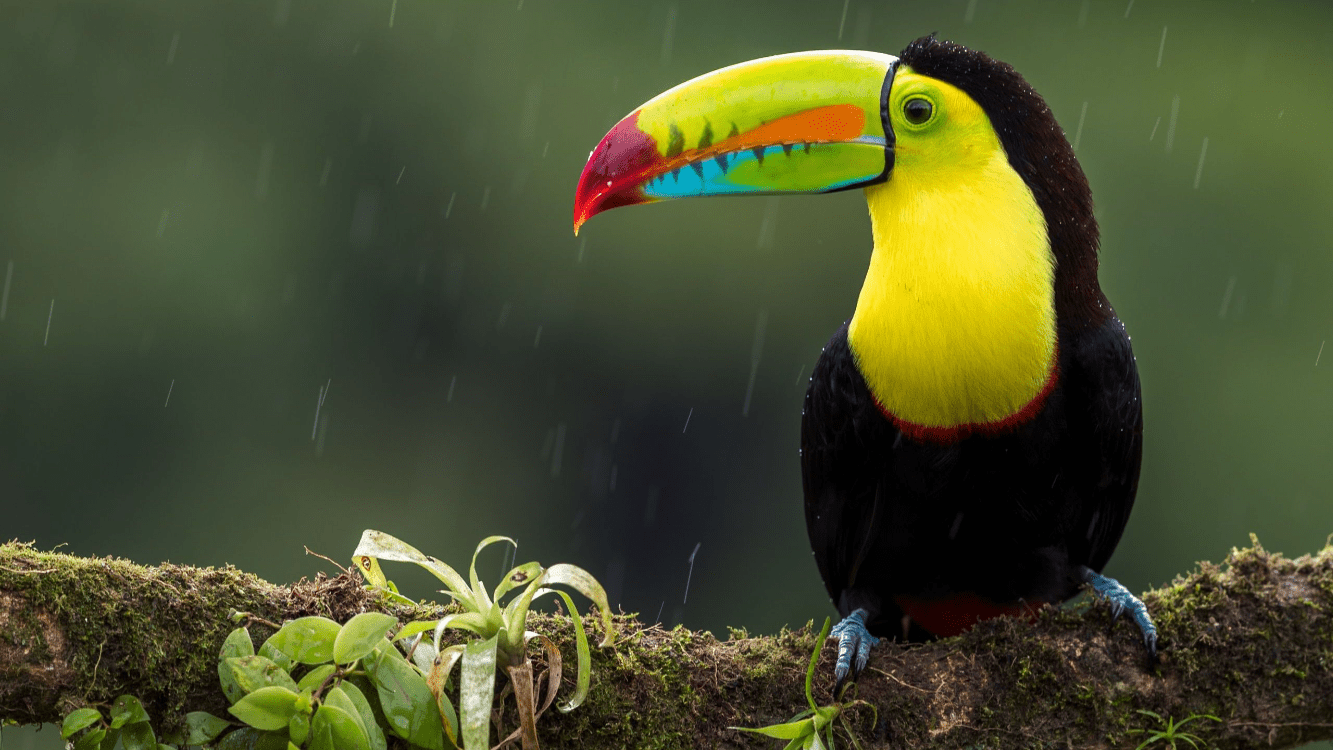
Toucan!
The word “toucan” comes from the sound the bird makes. Their songs often resemble croaking frogs. Toucans spend their lives high in the rainforest canopies of Central and South America; they seldom make trips to the forest floor. Home for the toucan is a nest in a hollowed-out tree cavity.
Mexico, Colombia and Peru are the top three producers of this fruit:
A) Bananas B) Avocados C) Canteloupe
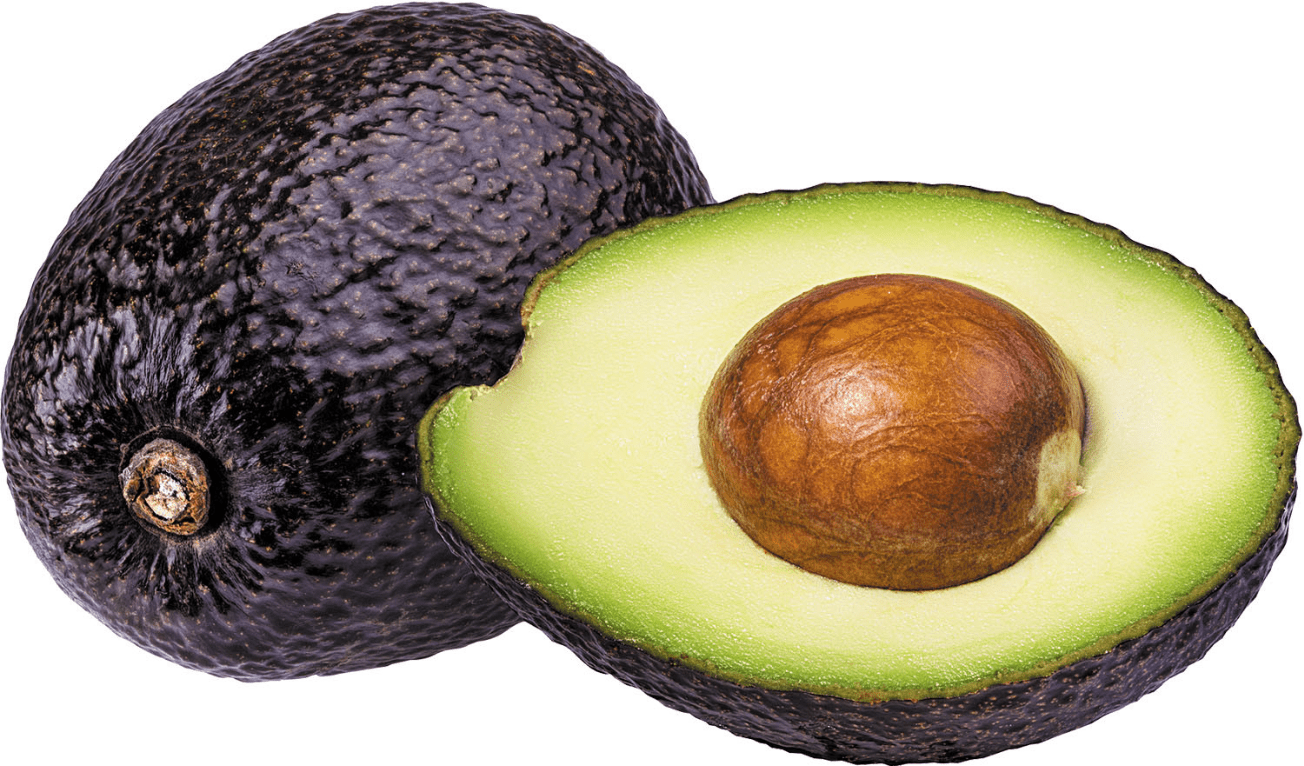
Avocados!
To make avocados ripen faster, put them in a paper bag with some ripe bananas. The ethylene gas emitted by the bananas will make the avocados ripen faster.
Which country is represented by this flag?
A) Venezuela B) Argentina C) Paraguay

Argentina!
The flag of Argentina displays the Sun of May on a horizontal triband of blue and white. The blue and white stripes are often said to represent the sky and clouds. The Sun of May is a representation of Argentina and its people. It originates from the first coin to be minted in Argentina, which may have drawn on traditional representations of the Incan sun god, Inti.
This famous river flows for more than 6,600 km, and runs through Brazil and Peru.
A) The Mississippi B) The Amazon C) The Niagara River
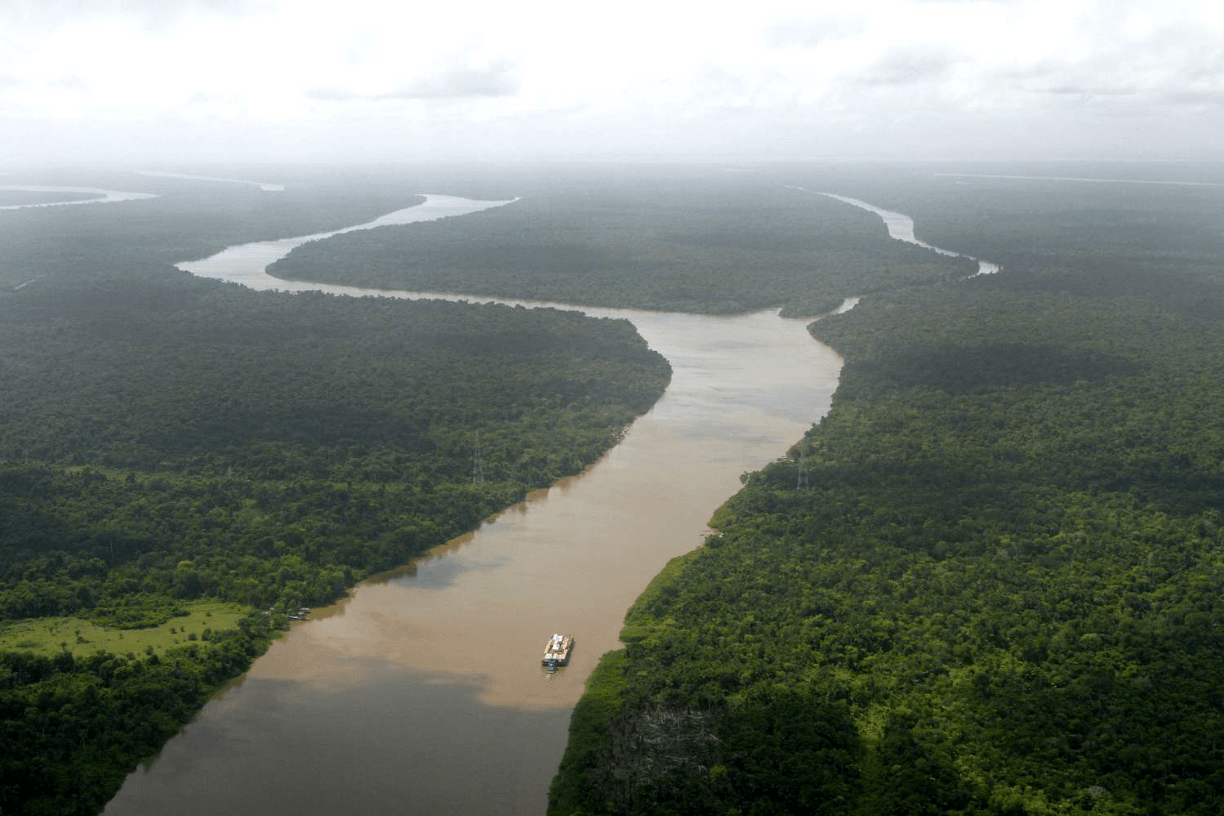
The Amazon!
The Amazon River pumps 200,000 liters of fresh water into the ocean every single second! With its hundreds of tributaries and streams, it contains the largest number of freshwater fish species in the world.
This team sport is popular in Brazil - players have won three gold medals at the Olympic Games.
A) Tennis B) Badminton C) Beach Volleyball

Beach Volleyball!
Beach Volleyball has been an Olympic sport since the 1996 Summer Olympics. Brazil has won at least two medals in beach volleyball at every Summer Olympics since 1996.
Traditionally, these are kept in herds that graze on the level heights of the Andes of Southern Peru, Western Bolivia, Ecuador, and Northern Chile.
A) Alpacas B) Anteaters C) Kinkajous
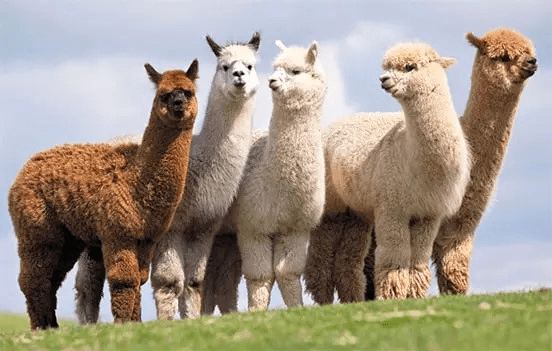
Alpacas!
Evidence shows that the alpaca was domesticated from the wild vicuña and indicates that they have been bred for over 5,000 years. These days, alpaca can be found around the world, but thrive in their natural habitat: the Peruvian Andes.
These beans get their name from Lima, the capital of Peru.
A) Lima beans B) Mexican Jumping Beans C) Kidney beans
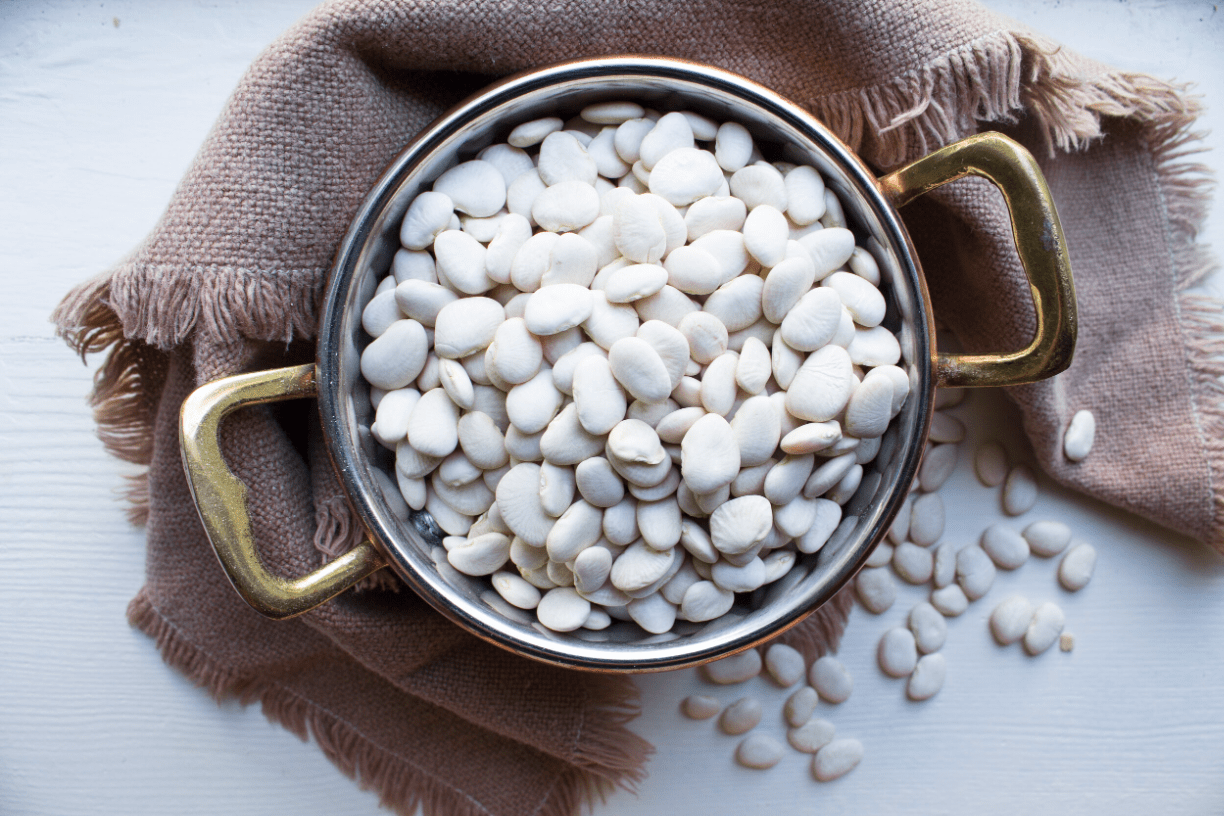
Lima beans!
Cultivation of lima beans started 6.000 years BC in South America. Beans can be white, creamy or green colored. Thanks to high content of dietary fibers, lima bean can prevent constipation, regulate blood sugar level and reduce blood cholesterol level.
Which South American country does this flag belong to?
A) Venezuela B) Chile C) Brazil

Venezuela!
The colors on this flag represent the nation's independence, courage, and the wealth and riches of the country. The white stars represent the 7 provinces that signed the Independence Act of July 5, 1811.
These are an archipelago of volcanic islands in the Eastern Pacific, and are a part of the South American country of Ecuador.
A) The Hawaiian islands B) The Fiji islands C) The Galapagos islands
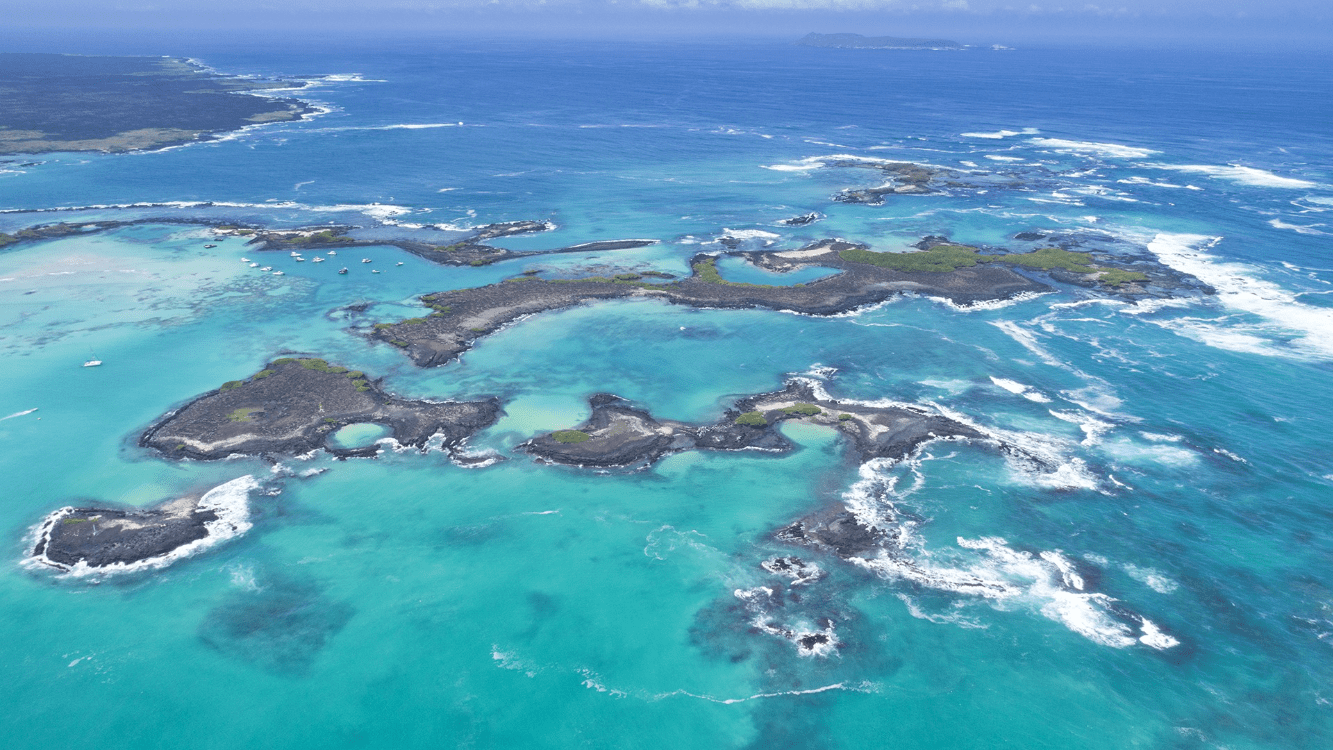
The Galapagos Islands!
Galápagos is a terrific place to visit anytime of the year. Because of the Islands’ location on the equator, the air and water temperatures remain relatively stable all year long.
Galápagos is a world-class destination for scuba divers because of the abundance of sharks, sea lions, fur seals, marine turtles, rays, mantas, marine iguanas, and reef fishes.
This is a traditional Andean racket game from Ecuador and Colombia.
A) Tennis B) Chaza C) Squash
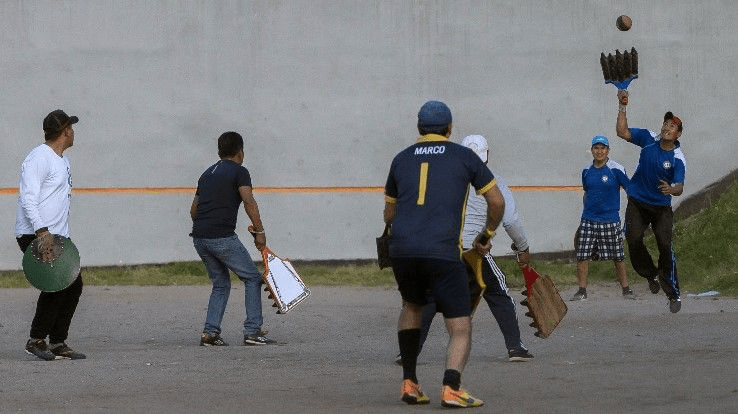
Chaza!
Chaza was developed more than 500 years ago within the indigenous communities in Ecuador and Colombia. The game could be likened to a mix of tennis and volleyball where 2 teams of 3 to 5 players exchange a heavy bouncing ball.
Found beyond the Amazon, this animal lives in rivers, swamps, and forests all throughout Central and South America.
A) Alligator B) Crocodile C) Caiman
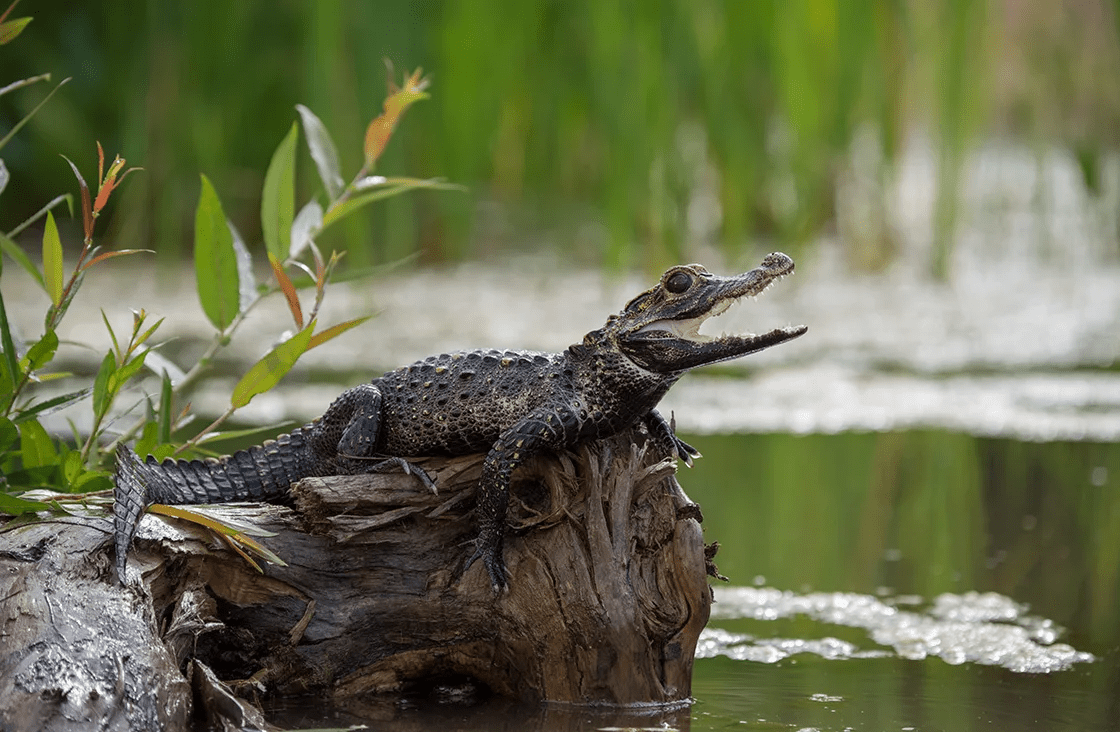
Caiman!
While sometimes confused with crocodiles or alligators, caimans have their unique charm in the world of crocodilians. They are the smallest of the bunch and rarely exceed seven feet in length. They can survive in fresh and saltwater like their larger crocodile relatives.
This South American food grows on a tree, helps lower blood pressure, and is found everywhere, from chocolate bars to almost every bakery under the sun.
A) Cassava B) Cacao C) Coffee beans
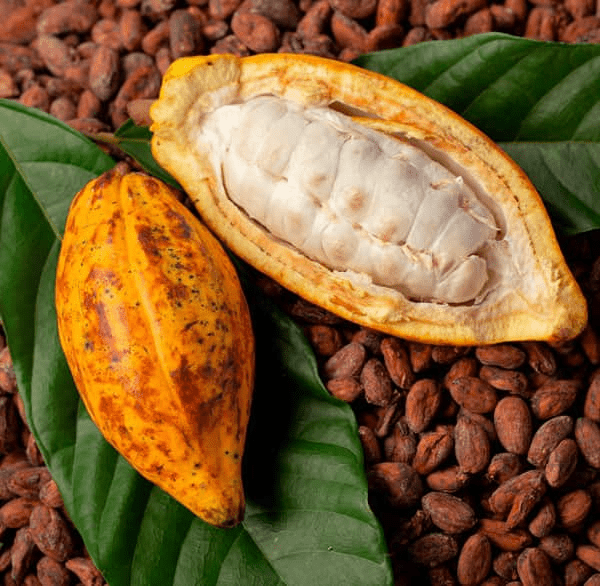
Cacao!
In Ecuador, cacao has been around since prehistoric times. Cacao pods are harvested from the trees and are turned into cocoa — then eventually chocolate — through a multi-step process.
Which South American country does this flag belong to?
A) Chile B) Argentina C) Brazil
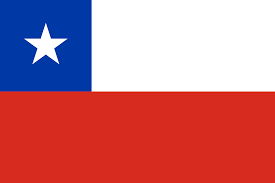
Chile!
Protocol dictates that the Chilean flag can hang horizontally or vertically, but the star must always be located in the top-left corner.
The colors of the flag have meanings:
- Red: represents blood of patriots who fought for independence.
- White: represents snow of the Andes.
- Blue: represents the blue of the skies.
- Single star: stresses the fact that Chile is an unitarian republic.
The many colors on this mountain in Peru result from different mineral layers that were combined with melted ice.
A) Rainbow Mountain B) Colourful Mountain C) Magic Mountain
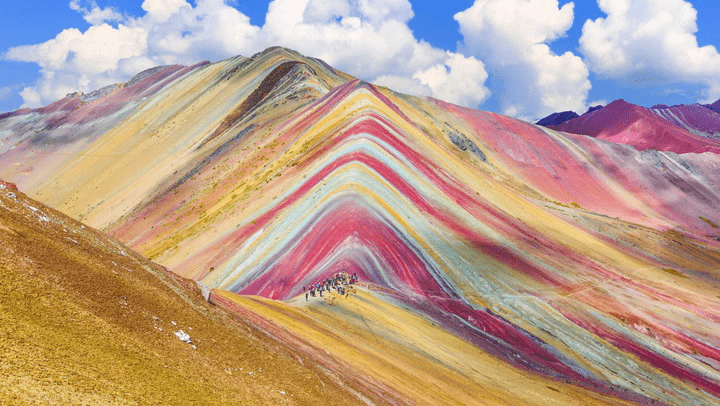
Rainbow Mountain!
Rainbow Mountain Peru, also known as Vinicunca, is the fastest-growing tourist attraction in Peru. Rainbow Mountain is located in the Andes Mountains in Peru and its summit reaches an elevation of 5,200 meters (17,060 feet) above sea level.
This game has origins in Italy. It is a highly popular game in rural areas of Venezuela and Brazil.
A) Handball B) Bolas Criollas C) Cricket
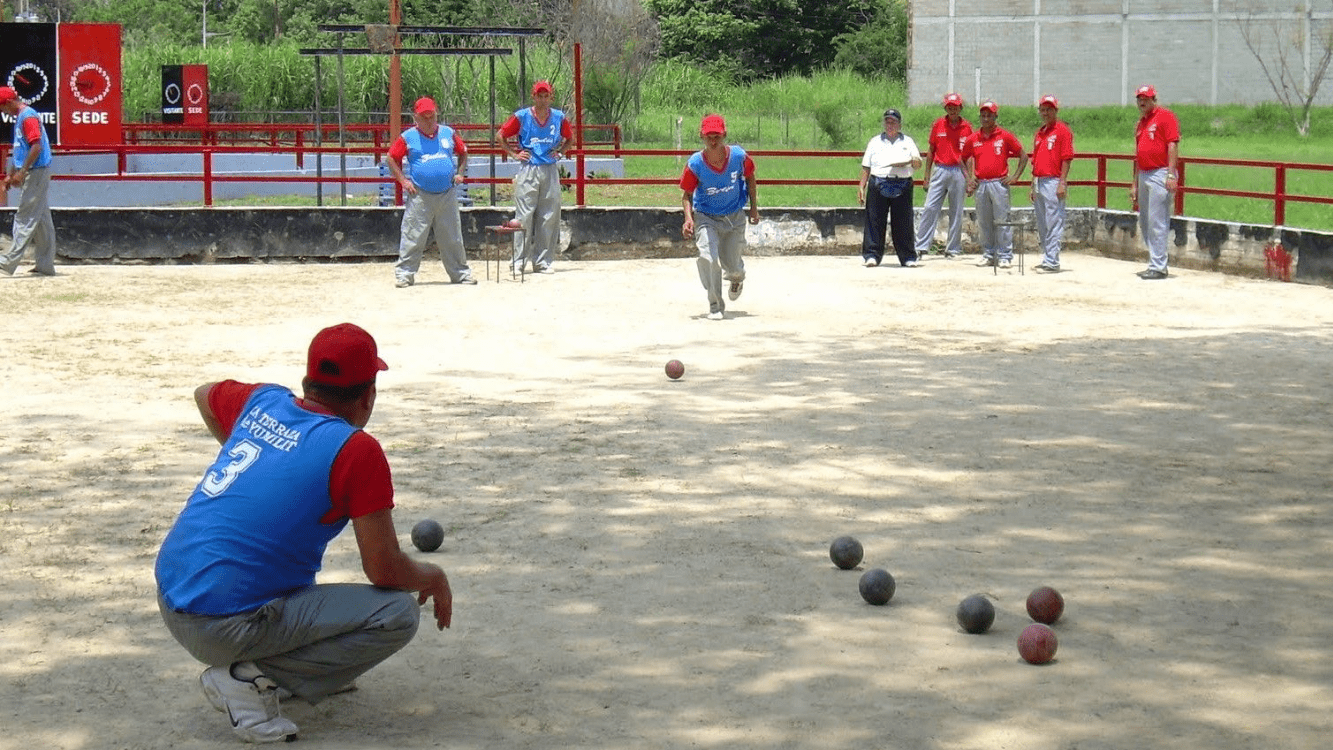
Bolas Criollas!
Bolas criollas is a traditional team sport from Venezuela. The sport has its roots from traditional European games like bocce and pétanque, and has similar objective, which is to throw a set of balls as close as possible to the small target ball.